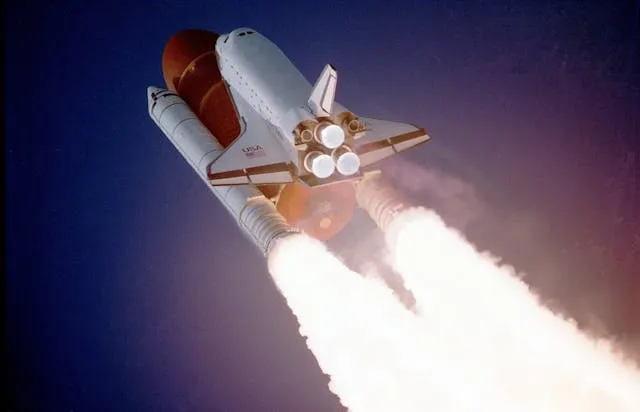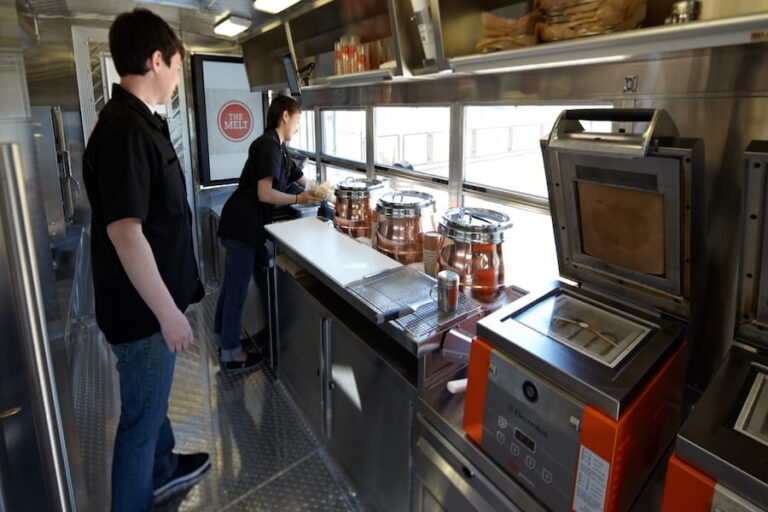Ignition Barrel Replacement: When, Why, and How It’s Done

The ignition barrel, also known as the ignition switch or lock cylinder, is a critical component of any vehicle. It is the interface between the driver and the vehicle’s electrical system, allowing the engine to start and power to flow to various systems. When this component fails, it can disrupt your daily routine and compromise the safety and functionality of your car. This article explores when ignition barrel replacement is necessary, the steps involved, and how to ensure the process is handled professionally.
Also Read: Best Railway Stocks to Watch before Union Budget 2025
Contents [show]
What Is an Ignition Barrel and Its Role?
The ignition barrel is the mechanical component where the car key is inserted. It’s connected to the ignition switch, which activates the vehicle’s starter motor and powers the car’s electrical systems. In modern vehicles, ignition barrels often work in conjunction with transponder keys or push-button start systems, incorporating security features to prevent theft.
Key functions of the ignition barrel include:
- Starting the engine by activating the starter motor.
- Powering essential systems like lights, wipers, and infotainment.
- Locking the steering column when the key is removed to deter theft.
Signs That Your Ignition Barrel Needs Replacement
Ignition barrels are durable but can wear out over time due to frequent use, mechanical stress, or debris buildup. Recognizing the signs of a failing ignition barrel can help you address the issue before it leads to a complete breakdown.
Common symptoms include:
Difficulty Turning the Key:
The key may feel stiff or refuse to turn entirely, indicating internal wear or misalignment.
Key Gets Stuck:
If the key becomes stuck in the ignition, it’s often a sign of a damaged lock cylinder.
Car Fails to Start:
When the barrel doesn’t engage the electrical system properly, the vehicle may not start.
Steering Wheel Lock Issues:
A faulty barrel can prevent the steering wheel from unlocking, making the car undriveable.
Electrical Problems:
Intermittent power loss to systems like lights or the radio can indicate a failing ignition switch connected to the barrel.
Why Ignition Barrel Replacement Is Necessary
Ignoring a failing ignition barrel can lead to:
- Stranding: If the barrel fails entirely, you won’t be able to start the car.
- Increased Repair Costs: Prolonging the issue can cause damage to other components, such as the starter or battery.
- Safety Risks: Electrical malfunctions related to the ignition system can pose fire hazards or leave you without essential systems like headlights.
Replacing the ignition barrel ensures your vehicle remains functional, safe, and secure.
Who Can Perform an Ignition Barrel Replacement?
Ignition barrel replacement is a technical process best left to professionals. Here are your primary options:
Certified Mechanics
Mechanics at dealerships or independent repair shops have the tools and expertise to handle ignition barrel replacements for specific vehicle makes and models.
Automotive Locksmiths
Locksmiths are ideal if your key is also damaged or if you’ve lost your keys entirely. They can cut and program new keys to match the replacement barrel.
Dealerships
Dealerships typically charge more but provide OEM (original equipment manufacturer) parts and specialize in the specific systems of your vehicle.
Steps Involved in Ignition Barrel Replacement
Replacing an ignition barrel is a multi-step process that requires precision. Here’s an overview:
- Diagnosis and Assessment:
The professional will inspect the ignition system to confirm the barrel is the source of the issue. Other components, like the ignition switch or key, will also be evaluated.
- Disconnecting the Battery:
To prevent electrical accidents, the battery is disconnected before starting the repair.
- Removing the Steering Column Covers:
The technician will remove the plastic covers around the steering column to access the ignition barrel.
- Extracting the Old Barrel:
Using specialized tools, the old ignition barrel is carefully removed without damaging the surrounding components.
- Installing the New Barrel:
The technician installs and aligns the new ignition barrel correctly. If needed, they reprogram the key or transponder system to ensure compatibility.
- Reassembly and Testing:
The technician reinstalls the steering column covers and tests the entire system to ensure the car starts smoothly and all electrical systems function as expected.
Costs of Ignition Barrel Replacement
The cost of replacing an ignition barrel can vary depending on factors like:
- The make and model of your vehicle
- Whether OEM or aftermarket parts are used
- Labour rates in your area
On average, you can expect to pay between £190 and £400 for parts and labour. Luxury vehicles with advanced security systems may incur higher costs.
Preventing Ignition Barrel Problems
While some wear and tear are inevitable, you can extend the life of your ignition barrel with these habits:
- Use the Right Key: Avoid using worn or damaged keys that can stress the lock cylinder.
- Keep the Barrel Clean: Minimize debris by keeping your keychain simple and avoiding excessive weight.
- Turn the Key Gently: Forceful turning can damage the internal components.
Ignition barrel replacement is a crucial service when your vehicle’s ignition system begins to fail. By recognizing the signs early and seeking professional help, you can ensure a smooth and safe driving experience. Whether you turn to a mechanic, locksmith, or dealership, addressing the issue promptly will save you time, money, and frustration in the long run. Remember, the ignition barrel is more than just a key slot—it’s the gateway to your car’s functionality and security.




